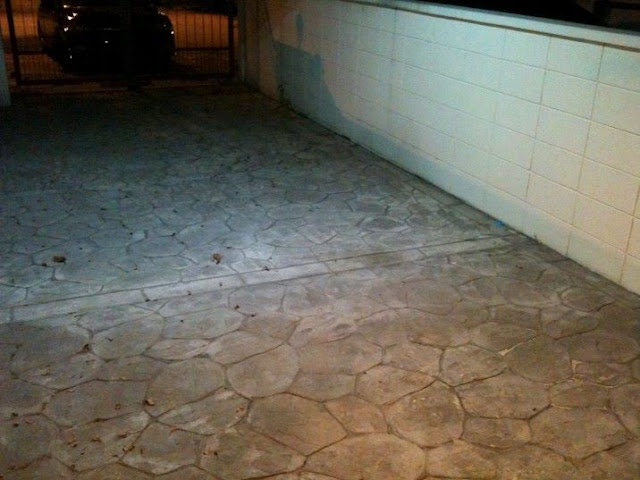egghead2004
Newly Enlightened
- Joined
- Aug 3, 2010
- Messages
- 82
I have a couple of Dell laptop bricks. Both are 20 VDC, one is 3.5 amps, the other is 4.5 amps. I am assuming laptop bricks are constant voltage, so it will always be 20 V, and I'd have to add LEDs and resistors to consume the current, correct?
After looking at the table below I see 2 possibilities:
1- multiple 4xx series that max at over 10 V. Since the power supply is 20V, could I run 2 parallel legs and get 10V each? Obviously I would have to string multiple LEDs and resistors together to chew up the current, but am I on the right track?
2 - This is more of what I want to do, the N1203 has a max voltage of 19.8v. Is 20v really going to hurt this? My thoughts are to run four 1203s in series using the 4.5 amp supply. Straight up with no resistors that would be about 1.125 amps per LED, not far from the test current. Also, These will be outdoor fixtures scattered about, so I am bound to lose some voltage over the 250' of wire running on the ground, up, and down trees.
Below is the Bridgelux voltage spec table.
Model number, Min Vf, tested Vf, max Vf, and tested current.
Warm White
BXRA-W0401 8.7 9.5 10.3 700
BXRA-W0402 8.3 9.0 9.7 700
BXRA-W0403 25.8 28.6 31.7 250
BXRA-W0802 11.2 12.2 13.2 1050
BXRA-W1202 13.9 15.1 16.3 1200
BXRA-W1203 17.3 18.3 19.8 1050
Neutral White
BXRA-N0400 9.0 9.7 10.5 800
BXRA-N0402 8.4 8.9 9.7 600
BXRA-N0802 11.2 12.2 13.2 1050
BXRA-N1203 17.3 18.3 19.8 1050
Cool White
BXRA-C0402 8.7 9.5 10.3 500
BXRA-C0603 25.8 28.6 31.7 250
BXRA-C0802 11.7 12.7 13.7 700
BXRA-C1202 11.8 12.8 13.8 1050
BXRA-C2002 14.9 16.2 17.5 1500
After looking at the table below I see 2 possibilities:
1- multiple 4xx series that max at over 10 V. Since the power supply is 20V, could I run 2 parallel legs and get 10V each? Obviously I would have to string multiple LEDs and resistors together to chew up the current, but am I on the right track?
2 - This is more of what I want to do, the N1203 has a max voltage of 19.8v. Is 20v really going to hurt this? My thoughts are to run four 1203s in series using the 4.5 amp supply. Straight up with no resistors that would be about 1.125 amps per LED, not far from the test current. Also, These will be outdoor fixtures scattered about, so I am bound to lose some voltage over the 250' of wire running on the ground, up, and down trees.
Below is the Bridgelux voltage spec table.
Model number, Min Vf, tested Vf, max Vf, and tested current.
Warm White
BXRA-W0401 8.7 9.5 10.3 700
BXRA-W0402 8.3 9.0 9.7 700
BXRA-W0403 25.8 28.6 31.7 250
BXRA-W0802 11.2 12.2 13.2 1050
BXRA-W1202 13.9 15.1 16.3 1200
BXRA-W1203 17.3 18.3 19.8 1050
Neutral White
BXRA-N0400 9.0 9.7 10.5 800
BXRA-N0402 8.4 8.9 9.7 600
BXRA-N0802 11.2 12.2 13.2 1050
BXRA-N1203 17.3 18.3 19.8 1050
Cool White
BXRA-C0402 8.7 9.5 10.3 500
BXRA-C0603 25.8 28.6 31.7 250
BXRA-C0802 11.7 12.7 13.7 700
BXRA-C1202 11.8 12.8 13.8 1050
BXRA-C2002 14.9 16.2 17.5 1500



